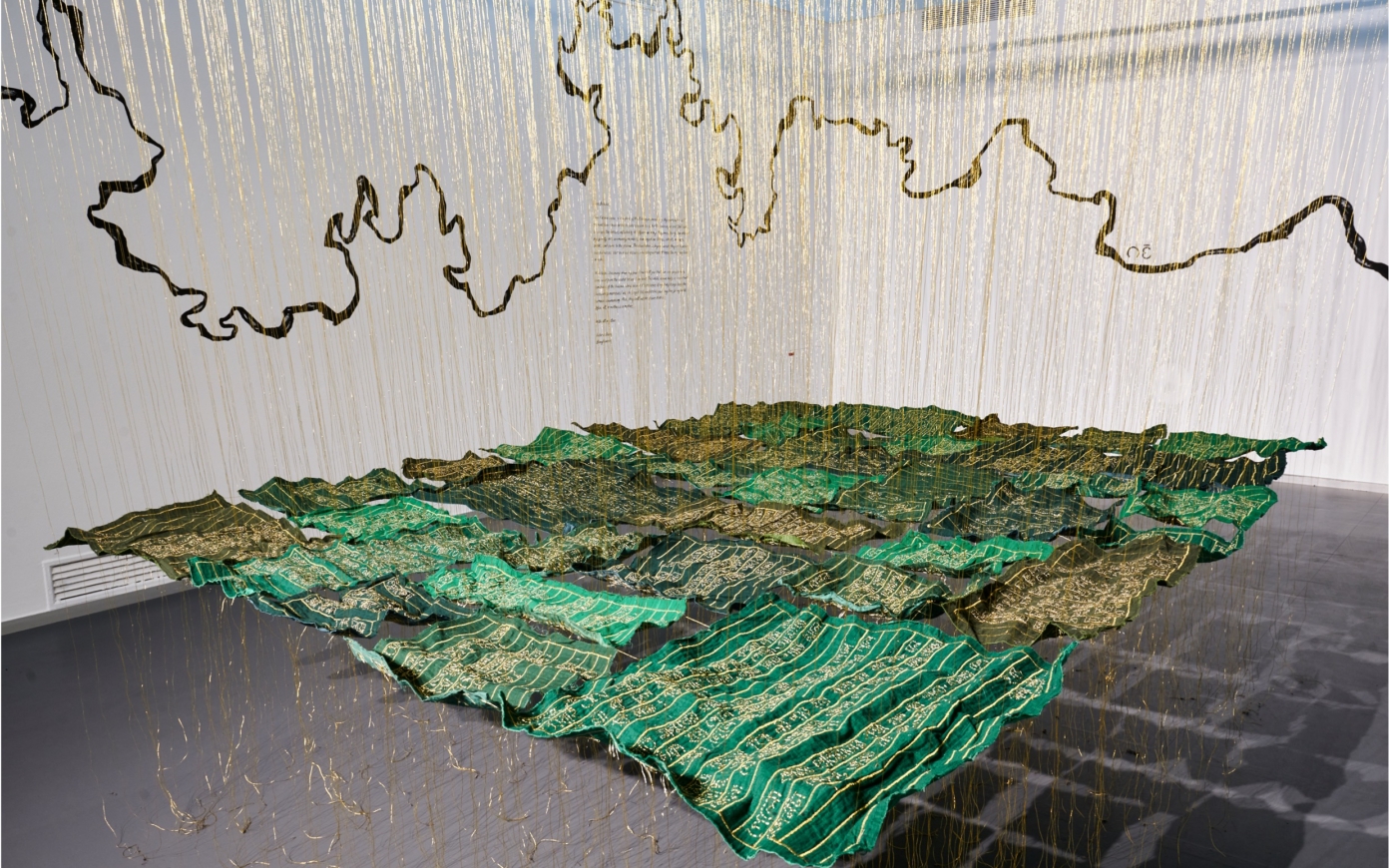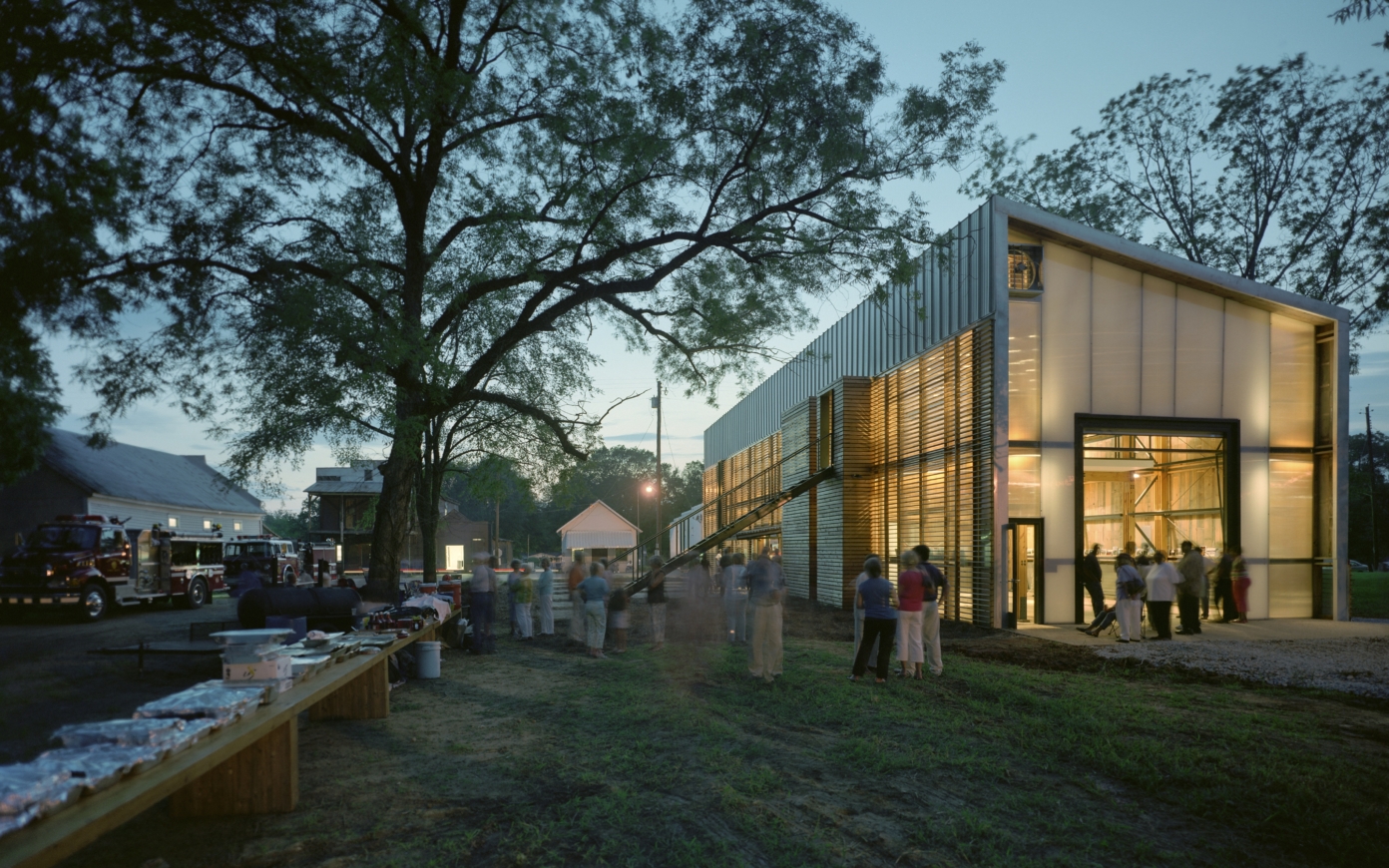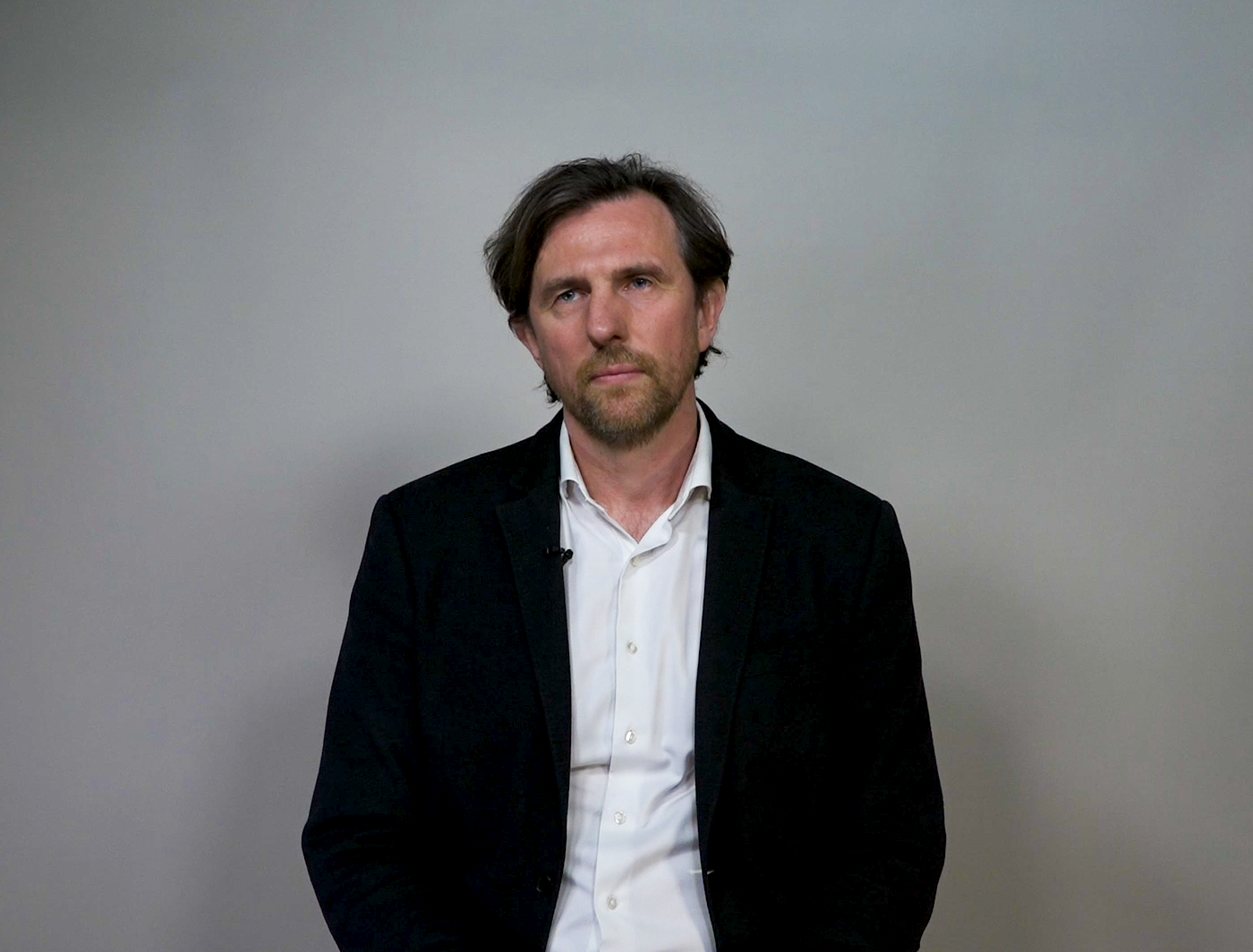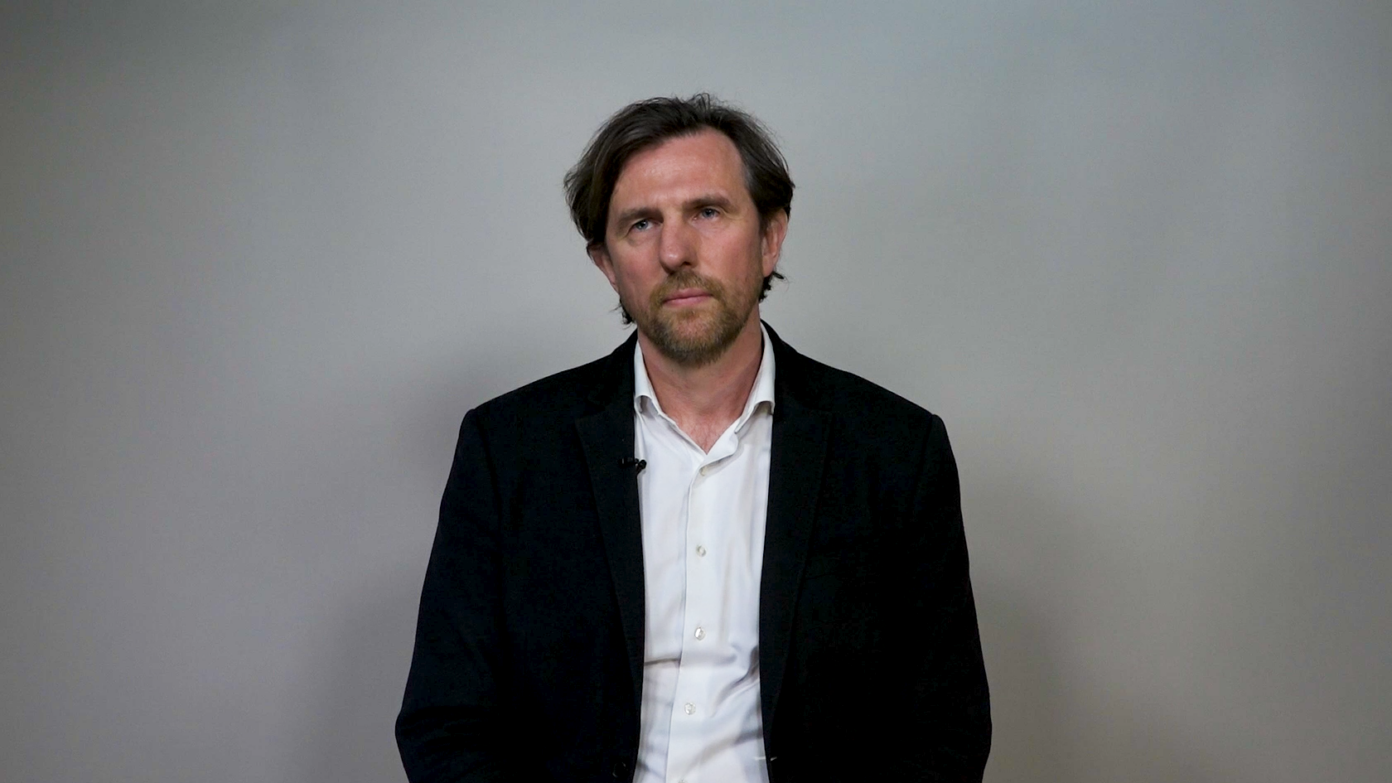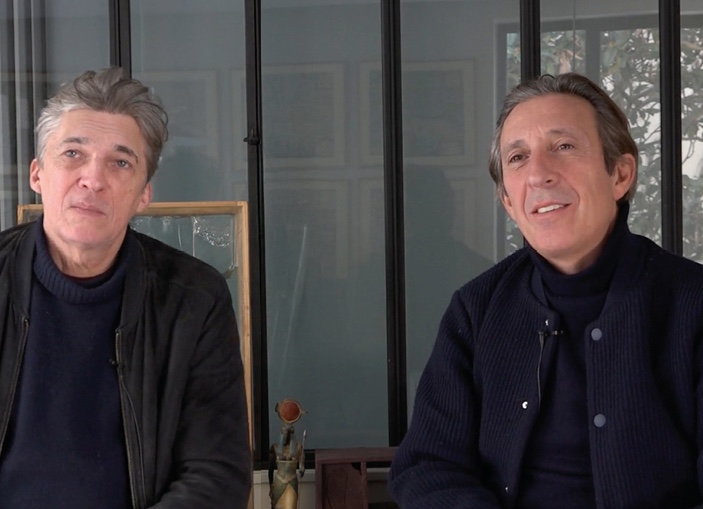Towards a time-based urbanism and a malleable metropolis
Faced with a rupture in space, temporality, and mobility, the richness of communications tools, a polysynchronous and de-centralized mode of organization, and an open form of planning, it has become necessary to take time into account in urban planning.
An urbanism of time
Focusing on the articulation of space and time requires rethinking the urban system in terms of flows rather than stock, time more than reserves, the temporary more than the permanent. It is necessary to move from the chronotopical approach in which the “chronotope” is defined as “a place for the convergence of the spatial and temporal dimension”GWIAZDZINSKI, L. “Chronotopies. L’événementiel et l’éphémère dans la ville des 24 heures.” BAGF, 86, no. 3 (2009): pp. 345–57.. It is necessary to rethink the relationship between the city and its users in terms of times and spaces, moving from the event to the ordinary, from the exceptional to the “urban quotidian”.PAQUOT, T. Le quotidien urbain. Paris: La découverte, 2001. The exact definition of a “time-based urbanism” would be “the ensemble of plans, schedules, and agendas that coherently act upon space and time, enabling the optimal organization of technical, social, and aesthetic functions in the city, in an attempt to create a more human, more accessible, welcoming city”GWIAZDZINSKI, L. “Redistribution des cartes dans la ville malleable.”Espace, Population, Sociétés, no. 2007–3.. Likewise, it is worth thinking about a “temporary urbanism,” that would focus on the partial modes of occupation of space and time in the city and the “calendars” that would provide for the co-ordination of activities).GWIAZDZINSKI, L. “Chronotopies. L’événementiel et l’éphémère dans la ville des 24 heures.” BAGF, 86, no. 3 (2009): pp. 345–57. Appropriate tools for the spatio-temporal representation of such activities must be developed. Gaston Bachelard and Henri Lefebvre’s “rhythmanalysis”LEFEBVRE, H. Eléments de rythmanalyse. Paris: Syllepse, 1992. could perhaps be undertaken, according to which, the two scholars imagined a form of politics that would enable people to live in the heart of a multiplicity of rhythms, each naturally layered upon the last, in tension. Choreographers and musicians could be called upon to imagine such “city dances,” constructing a geo-choreographyGWIAZDZINSKI, L. “Géo-chorégraphies. Les nouvelles danses de la ville.” In P. SAIRE, Cartographies, pp. 49–57. Geneva: A.Type, 2013. and finding the right sort of tempo. This approach necessitates thinking of the “temporal architecture” of the cityBONFIGLIOLI, S. L’architettura del tempo. Naples: Liguori Editore, 1990. and the territory as the expression of urban culture; at once the arrangement of various temporal configurations, and the art of conceiving, designing, and directing their realization. It allows us to employ notions such as “temporal identity and color” which characterize places in space and time, enabling the establishment of their “temporal signatures.” Finally, the necessity of the emergence of new professions: “time architects,” “time managers,” “urban temporalists”—people whose job it is to orchestrate the music of the city and to keep its time.
The Malleable metropolis
This first “census” of individual and collective adaptations, from the basis of the tools and procedures of chrono-urbanism which still remain to be developed in the current context of transition, provides the basis for the concept of the “malleable city”, a durable city that can be shaped without rupturing it.GWIAZDZINSKI, L. “Redistribution des cartes dans la ville malleable.” Espace, Population, Sociétés, no. 2007–3. 2011).GWIAZDZINSKI, L. La ville malléable : une structure urbaine adaptée aux nouvelles temporalités des usages, “Europan Forum of Cities and Juries,” Europan, November 4, 2011, Oslo http://forum.europan.no/?lang=fr..
Malleable on Various Levels. Malleability can be understood at different levels of the production and governance of the metropolis, taking into consideration the issues, practices, and evolving needs within a territorial design logic. The first of these is the development of a project in advance. Malleability lies in the ability to make changes afterwards, but also in taking into consideration existing configurations. It necessitates certain tools: dialogue, co-construction, interfaces, and simulations that are capable of assuring the right level of “imagibility,” according to Kevin LynchLYNCH, K., L’image de la cité (trad. Marie-Françoise Vénard et Jean-Louis Vénard), Dunod, Paris, 1969., and the stages upon which projects can be debated and co-constructed. The second level is that of the production of the neighborhood—in which the amenities, housing, and public spaces are flexible, adaptable, and changeable according to their users’ needs. A first direction is the accumulated changeability of urban and architectural space, based on the idea of leaving the city in an unfinished state. The plasticity of the city must be planned for with regard to future changes in the way people use it. “Societies do not slide into the built spaces of the city like hermit crabs into their shells” LEPETIT B., and D. PUMAIN. Temporalités urbaines. Paris: Anthropos, 1993.. A possible direction is to put in place adaptable equipment, with forms that are flexible and can be moved around according to the needs that ariseGWIAZDZINSKI, L., La ville éphémère, festive et événementielle, in “Tourisme urbain, patrimoine et qualité urbaine en Europe”, Conférence nationale permanente du tourisme urbain, pp.17-26, 2010.. The third level, in which we are particularly interested here, is that of the citizens usage of the existing infrastructure. This requires allowing the population the ability to use existing infrastructure in a different way, or to ensure the multi-functional character of spaces at different scales. Paris Plages provides a possible example of this.
Devices and Regulations for Collective Space. Malleable cities take into account the constant evolution of their uses on multiple scales, particularly when considering the possibility of creating a sustainable city in which the consumption of space is minimized and the intensity of urban interactions is maximized. The malleable city is a place in which spatial optimization occurs by way of adaptability, modularity, and the alternating use of public space and buildings of different temporal scales (sometimes a matter of years, sometimes seasons, sometimes days), and spatial scales (from dense housing schemes to neighborhoods and streets). Malleable cities necessitate the development of a certain number of devices: urban furnishings which are adaptable, modular, and convertible; signage that functions in real-time and which is able to be changed as time goes by; new designs; and most importantly, co-operative forms of planning at each step. It is not a 24-hour city, not a ruptured or fractured city, but a city that functions in a collectively intelligent manner—one in which there is room for experimentation in addition to the ability to make mistakes and turn back.
Reflection on the idea of modular cities requires moving from the notion of “public space” to “collective space,” spaces that are open to everyone: roadways and parking spaces, collective facilities, public transport, access points, green spaces, cultural spaces, businesses, transitional and leftover spaces, semi-public spaces, electronic spaces, or vertical spaces. It requires thinking about new rules and regulations for the alternating use of collective spaces in terms of hospitality, urban life, and the development of exchanges. These affect the agglomeration at all different scales: rules for sharing public spaces between people; spatial limits (zones) and temporal limits (day, evening, night, season, etc.); signage and legibility of spaces both in terms of security and social responsibility; management and planning, including scheduling for the various forms of collective use; definition of a Charter of use for the collective space and behavioral best practices; conflict resolution, particularly between temporary and marginal persons when allocations change; adaptability of the urban devices and their differentiated function in the collective (benches, bus stops, posts, retractable markers and machines, sign posts); toll booths and the cost of utilization at different times of day and on different days of the year; changes to information and its diffusion according to different uses.
Governance and Principles. Detailing the aspects of the malleable city also means thinking of the appropriate spatio-temporal tools for planning and governance: the installation of “local platforms for innovation,” flexible enough to adjust to the tempo of each city; “temporal schema for cohesion” in order to manage different regional agendas; but also the establishment of a principle of “high temporal quality” to which each project and new public policy would be subject. Finally, flexibility and adaptability require the adherence to certain principles so as to prevent the emergence of new forms of inequality between the individuals, groups, neighborhoods and regions of the polychronological metropolis—as in the right to the city, in Henri Lefebvre’s terms LEFEBVRE, H. Le droit à la ville. Paris: Anthropos, 1968., in which there is a notion of participation and of urban equality in both space and time.
Openings. The spatio-temporal approach in our cities is a great source of wealth. It puts the idea of adaptability and the modularity of “malleable” city spaces and regions to the test. It allows sustainable development and creativity to cross-pollinate by associating other actors. More generally, it opens up a host of questions on observation, organization, development, durability, citizenship, and identity. “Temporal ecology” GWIAZDZINSKI, L. “Redistribution des cartes dans la ville malleable.” Espace, Population, Sociétés, no. 2007–3., which integrates both the domains of the sensorial and of urban comfort, becomes possible, and in turn allows us to work together and to live in a convivial manner, in the way that Ivan Illich describesILLICH, Y. La Convivialité. Paris: Seuil, 1973.. The idea of “temporary living,” “mobile living, “living on the go,” and “habitational flow” are questioned. Such an approach requires us to reflect upon the notion of citizenship itself—a form of “ephemeral and situational citizenship” may even be conceivable. It begs the question of identity as a matter of zones, or of traces; if we can move from having a “territorial identity” to having an “open and situational identity.” Finally, the evolution of the relationships between times, spaces, and temporary habitats incites reflection on the construction of new metropolitan “trust contracts”, even if for a limited time.
The time is nigh; the slack must be taken up. The key to the future is in our hands: we can make choices in favor of the quality of life, sustainable development, and the option to leave things open, assuring the greatest amount of diversity at every level by encouraging the ability to reflect, to design potential plural futures, and to organize for creative activity. In the end, it is about working towards a mastery of time, of negotiation, of conviviality, and of cohesion at the urban level, and against the dictatorship of networks, excessive competition, rupture, fissure, and inequality.
It is up to each and every one of us to set up and maintain our temporal understanding, at the national and local level, in our institutions as well as in our families. It’s up to us to prioritize the issues and to think collectively, to decide if it is worth the effort, and how far we can go. It’s up to us to create new ways of inhabiting the space and time of our cities.
(This article was published in Stream 03 in 2014.)


